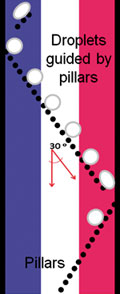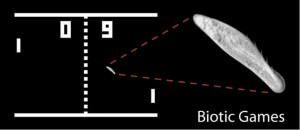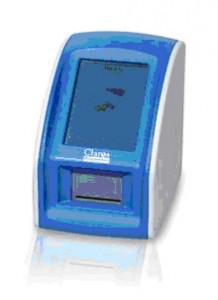Scientists from Canada have developed a microfluidic platform on which fragile blood vessels can be fixed, allowing the factors that promote and sustain cardiovascular diseases to be studied.
Microvascular structure and function are currently studied using either an isometric approach, where small arteries are mounted on two wires, or an isobaric method, where arteries are drained and filled using glass micropipettes. Both of these procedures require manually skilled personnel and are not scalable – key factors which have limited the number of laboratories carrying out essential microvascular research.
![c004675b_for_Tridion_300_tcm18-186278[1] Artery on a chip](https://blogs.rsc.org/lc/files/2010/07/c004675b_for_Tridion_300_tcm18-1862781.jpg)
A full artery is mounted onto the chip for investigation
However, Axel Günther and colleagues at the University of Toronto have overcome several of these limitations by developing a microfluidic platform to mount arteries on, which is scalable, inexpensive and has potential for automation and standardisation. The device could be used to routinely screen drug candidates on viable arteries, potentially speeding up the drug development process and reducing the need for animal experimentation.
The platform involves loading and immobilising small arteries within a microfluidic channel where they can be maintained and analysed under physiological conditions that are very similar to those experienced in vivo. Forces within ranges that blood vessels experience in their natural environment can be explored without the use of mechanical tools. It is the first microfluidic approach to study the whole organ function, says Günther, who believes it is ‘a more elegant and gentle approach’.
Abraham Stroock an expert in coupling deterministic micro and nanoscale structures with physical principles to create interesting phenomena and new technologies from Cornell University in Ithaca, US says, ‘the work represents an important step forward in micromanipulation with ramifications beyond the particular application described. For example, as the basis of a microfluidic assembly line for complex structures from biological or colloidal building blocks.’
‘We are optimistic that a prototype system based on the described technology will be available later this year,’ concludes Günther.
View the full article here: http://dx.doi.org/10.1039/c004675b














![c004675b_for_Tridion_300_tcm18-186278[1] Artery on a chip](https://blogs.rsc.org/lc/files/2010/07/c004675b_for_Tridion_300_tcm18-1862781.jpg)